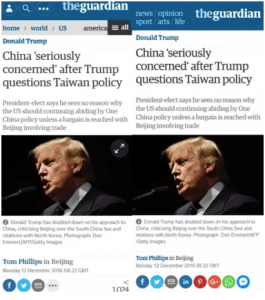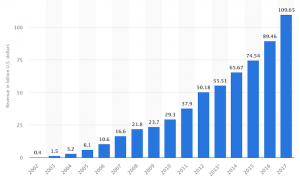— August 14, 2018
Employers around the country are claiming to have a difficult time finding high-quality candidates for their job openings. In many cases, the problem isn’t that employers can’t find enough applicants. In fact, studies show that companies receive an average of 250 resumes for every corporate job opening. The problem is that employers can’t find qualified candidates.
If your company, like so many others, is having a difficult time finding qualified candidates, the right HR analytics can help. Here’s a look at four HR analytics you can use to improve the quality-of-hire at your company.
Sourcing Channel Analytics
If you want to improve the quality of your candidate pool it is vital that you know where you are sourcing your top candidates from. You need to start by taking a historical assessment of your various sourcing channels and determine what channels were used to source your high performing employees. New hire interviews also can provide valuable insight into the effectiveness of your various sourcing channels. Sourcing channel metrics should be tracked on a continuous basis and analyzed often. This will allow you to make adjustments to your sourcing strategies as needed.
Analysis of Company Culture
According to a recent LinkedIn study, 90 percent of the workers surveyed said they were open to new job opportunities, but 54 percent of these workers want to know why they “fit” with another company. Employers have come to understand the need to build a strong company culture, but many fail to take an analysis of how effective their company culture is at attracting the “right” candidates.
Using both entry and exit interviews can help collect the data you need to make a proper analysis. Pulse surveys also are very effective at gathering the right data if they are conducted anonymously, so employees feel free to leave honest answers. Evaluating employer review sites, like Glassdoor, will also provide valuable insight into the effectiveness of your company culture.
Leadership Analytics
All to often, employers focus on qualifications and experience when assessing candidates, but overlook the value in many soft skills, such as leadership skills.
Employers also fail to identify leaders within their current workforce, which could cause your high performing employees to leave for better job opportunities.
It is vital that you first identify what skills, such as decision-making, motivation, and problem solving, make an “ideal” leader for your specific workplace. Once you know what skills you are looking for, you can use pre-hire assessments, such as Supervisor Audition to identify which candidates have the leadership skills you need.
Workplace Performance Analysis
It is impossible to determine the success, or lack of, your hiring strategies without consistently tracking and analyzing workplace performance. You should track individual performance and determine which employees are high performing and which may need additional training and support. Don’t make the mistake of relying solely on annual performance reviews for this level of data. Instead, create a system that allows you to track real-time performance. This analysis will allow you to identify your top performers and analyze similar traits you should look for in prospective candidates.
Using the right HR analytics can provide powerful insight into what your ideal candidate looks like. It can help you create a hiring strategy that identify the specific skills, experience, and attributes, such as soft skills, you want in a candidate, which will greatly improve your quality-of-hire. FurstPerson offers an Employee Lifecycle Analytics Engine that can help you track and analyze HR data in a way that provides the valuable insight you need to make better hiring decisions.
Business & Finance Articles on Business 2 Community
(62)






